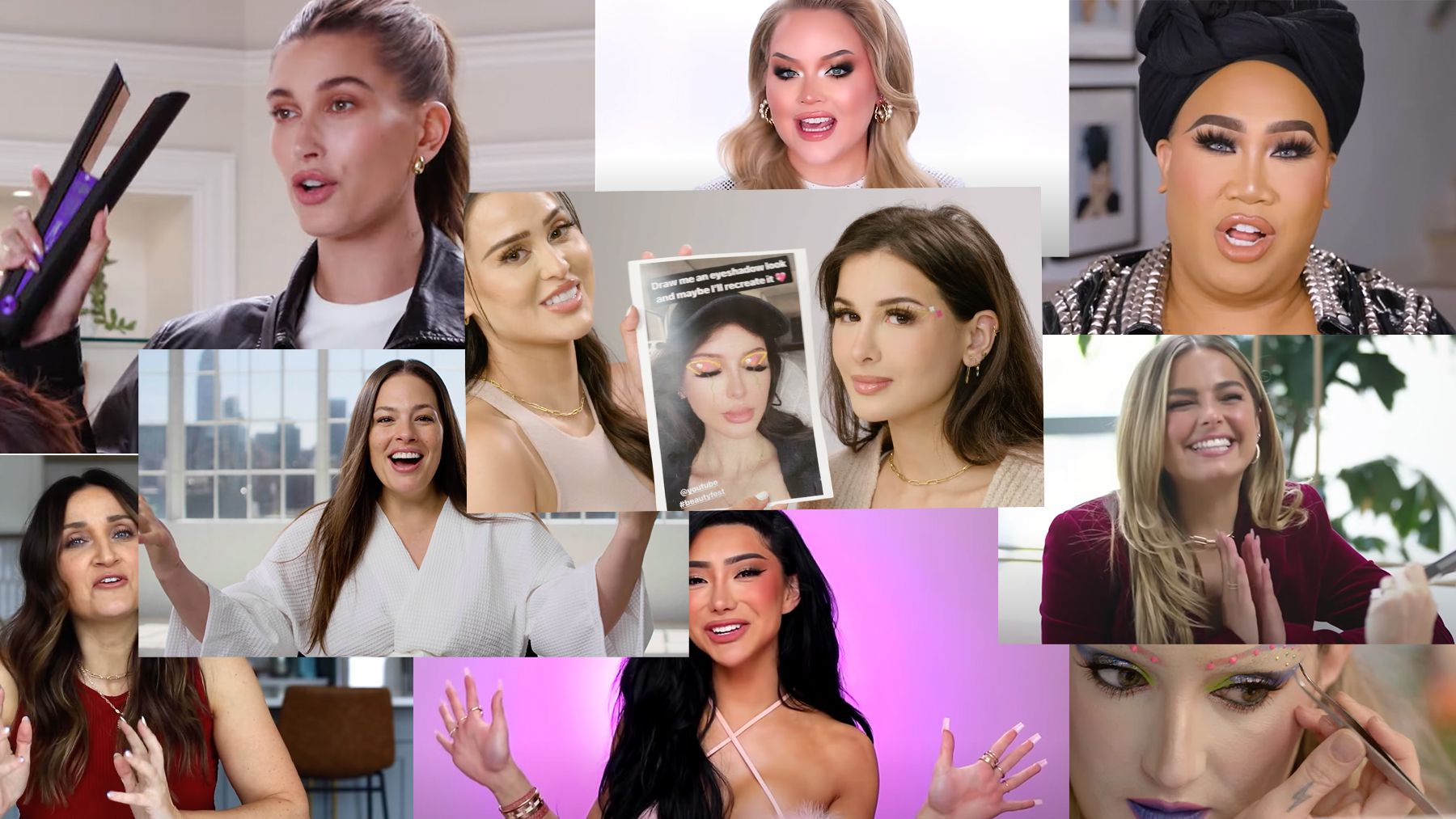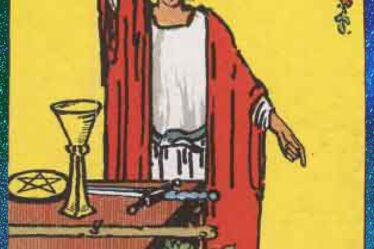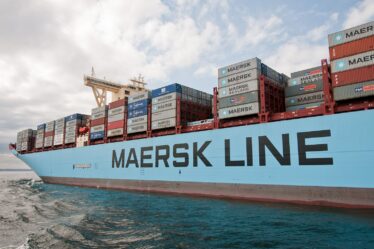
For YouTube’s second virtual Beauty Festival, the video streaming platform is determined to go bigger and better than before.
“Last year was sort of like a pilot, what a beauty festival could look like on YouTube,” said Derek Blasberg, YouTube’s head of fashion and beauty and director of public figures. “This year is a much bigger bite.”
YouTube hosted its first virtual Beauty Festival in May 2021. That event was relatively small in scale and content was pre-recorded. Six million people tuned in. While not a paltry number, it’s still millions less than the subscriber counts of some of the platform’s biggest beauty names, like Tati Westbrook (8.6 million) and Jeffree Star (16 million).
Still, it got attention. Blasberg said that now, four years into his YouTube tenure, he has more incoming calls from brands, publications and potential collaborators than outgoing ones. The list of names includes Hailey Bieber, whose Rhode Beauty brand launches today. She reached out to Blasberg last year about participating in the next iteration of YouTube’s Beauty Festival. That interest, he said, served as a reaffirmation of the format’s potential for building buzz, as well as the fashion and beauty industry’s desire to engage with the site.
On Thursday, June 16, YouTube will debut the next instalment of the festival. The two-hour-long event will feature a blend of YouTube natives, celebrities and industry mainstays, including Bieber, models Winnie Harlow and Ashley Graham, Gwen Stefani and Ouai founder and hair stylist Jen Atkin. This year’s event will also be live-streamed from Los Angeles, and feature on-the-ground activations for YouTube’s in-person audience of around 200 invited influencers and creators, such as booths from brands like Fenty Beauty, Dyson and Black Girl Sunscreen. It will be produced in partnership with Joe Sabia, the former senior vice president of development at Condé Nast, who spearheaded viral YouTube hits like Vogue’s “73 Questions” video series.
Following the launch of YouTube Shopping features last fall, which allow viewers to buy products directly on specific creators’ live streams, Beauty Festival viewers will also be able to shop tagged products from brands such as Olaplex and Lancôme while they watch. A few brands, including Glossier, Olaplex and Tracee Ellis Ross’ hair care line Pattern Beauty, will debut new products during the festival.
The main goal of the event is to “remind people that YouTube is the OG platform for beauty,” said Blasberg, highlighting a number of YouTube creators, including Safiya Nygaard, Allyiahsface, PatrickStarrr and SSSniperwolf — who collectively have almost 50 million subscribers. The festival’s content, he added, will act as a model of sorts for the type of content that works best on the site. Viewers can expect similar tutorials, surprise fan makeovers, challenges and goofy product and device trials that dominated the first festival — but with higher production value.
The summit comes at a time of increased competition for the Alphabet-owned video platform. Short-form video apps like TikTok have threatened YouTube’s long-standing reputation as the go-to platform for beauty creators, bringing new competition for viewers (particularly younger ones), advertising dollars and talent. Many creators who got their start posting beauty videos on YouTube have been experimenting with other platforms, with their followers and brands (and their ad dollars) following them there. Meanwhile, many in the younger generation of creators are heading straight to TikTok in search of viral success.
“[YouTube] is a little bit of your father’s place to find videos,” said Allen Adamson, co-founder of marketing agency Metaforce. “Young people aren’t hanging out on YouTube all day, they’re on TikTok … which they use as a constant check-in.”
Blasberg argued competition among social media platforms is overplayed and that YouTube has unique advantages, like a longer lifespan for its content — spikes in viewership can occur months after a fashion show, for example, takes place. Additionally, given the nature of the platform’s content, people likely spend more time watching an individual YouTube video than a TikTok video, which can be a maximum of 10 minutes and often only a few seconds. YouTube said its average watch time has extended over the last few years, something the company interprets as a signal that people are coming there for “the full show,” said Blasberg.
YouTube is already a hub for beauty advice, and the platform views the festival as a step toward a future to it becoming an all-in-one entertainment and shopping venue, said Blasberg. Next up, YouTube plans to roll out its recently-launched shopping tools to more creators and brands throughout the year.
“The worlds of pop culture, traditional entertainment and the fashion industry are converging in the YouTube ecosystem with things like Beauty Fest,” said Blasberg.



